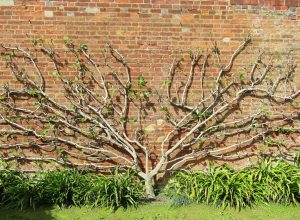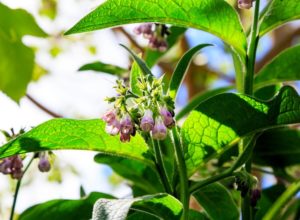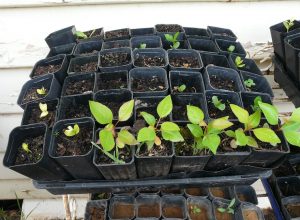August Gardening Guide – Tropical Climate
What to Plant in August?
- Still time to plant the last crop of lettuce, endive, Chinese cabbage and other fast growing greens. Radishes and carrots still have time to crop before the weather heats up.
- Check your seed supplies and order what is needed.
- Now is the time to order asparagus, onion bulbs, turmeric, galangal and ginger rhizomes and water chestnut bulbs.
- Horseradish can also be ordered now and planted out. It does not grow the way it is portrayed in English publications. It will grow for a year or two and then die out. It does not produce the large thick roots. I use the leaves rather than the roots and they are a startling addition to salads. Some of the leaves will be mild and others will ream out the sinuses.
Maintenance
- Maintain mulch and monitor soil moisture levels.
- Water fruit trees regularly to maintain moisture levels.
- Brassicas are coming to the end of their life. We have had cold weather this year so the kale is a little sweeter.
Weeds, Pests, and Disease
- Keep an eye out for the little green caterpillars which are a problem in brassicas. The affected plants can be removed, bagged in a plastic bag and put in the sun to kill the caterpillars. They can be removed by hand or the plants sprayed with Dipel. Dipel is safe to use as it is the naturally occurring bacteria Bacillus thuringiensis. This is safe to use even around fish tanks and bees.
Harvest and Preserve
- Harvest the root vegetables regularly. Start with the baby bulbs and continue to harvest as needed, using all before they become too old and tough.
- Keep an eye on the jackfruit. They are a large fruit and can cause damage if they fall on people or equipment. They can be harvested when young for use as a carbohydrate vegetable or allowed to ripen on the tree for a sweet and aromatic treat. The seed capsules can be dried or frozen if not eaten when fresh. The seeds can be treated as chestnuts and then eaten or ground into flour. It is important to make a cross in the fruit through both layers of outer covering. This allows the seeds to be peeled more easily.
- Tomatoes are becoming even more abundant so now is the time to dry, make chutney and jam. Chilli and tomato jam is a taste sensation. Add the chilli to suit your heat tolerance.
- Soursop, bananas, pawpaw and pumpkin are currently still being harvested.
Permaculture Principles #7: Integrate Rather Than Segregate
- This principle recognises the efficiency of permaculture that arises from each element serving several purposes and each need being satisfied by several elements.
- There is a security in this as one part of the system may fail while other elements continue to provide. Floods or storms may impact on some elements but others are not affected.
- I rarely mow my grass areas as the grass seeds are relished by the small birds which also provide my pest control. When the birds have eaten the grass seeds the area is mown. The cuttings go to the chickens who convert it into eggs, chicken meat and manure, the compost heap or under a tree as mulch.
- I practice no pest control as it is done by the participants in the system themselves. These all add to the system by their droppings and the leftovers from their predation.
- I get little fruit but the possums are smart and hopefully add to the fertility of the soil with their droppings. I had mandarin trees beside a high fence. I had never seen a ripe fruit so assumed that they were not fruiting. After I had removed the trees my neighbour explained that the trees were very productive as the possum dropped the mandarin peels on their side of the fence. As I said, smart possums!
- I have some plants growing which are aesthetically appealing and provide propagation material for the plant stall but I rarely eat them. The rhizomes will still be edible if they are under water for a few days and so form part of the emergency rations available in an emergency. They can be eaten raw, cooked or ground into flour.
- I am careful to not plant species which have the potential to become weeds even though they fit in with the permaculture garden, but rather too well. It is necessary to respect the wider environment and recognise the impact our actions have.
– Kathleen Hosking, Solution Focused








